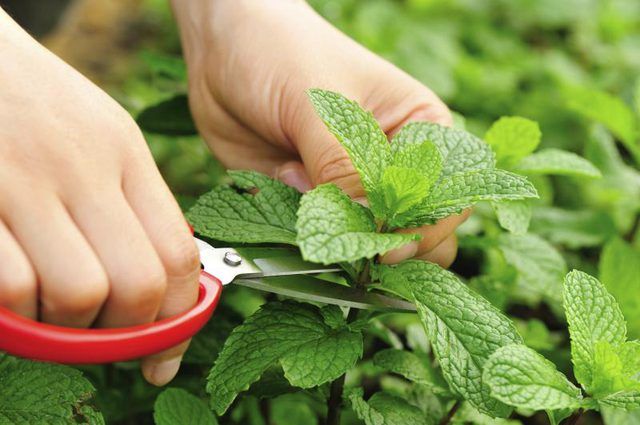Bulbs
Flower Basics
Flower Beds & Specialty Gardens
Flower Garden
Garden Furniture
Garden Gnomes
Garden Seeds
Garden Sheds
Garden Statues
Garden Tools & Supplies
Gardening Basics
Green & Organic
Groundcovers & Vines
Growing Annuals
Growing Basil
Growing Beans
Growing Berries
Growing Blueberries
Growing Cactus
Growing Corn
Growing Cotton
Growing Edibles
Growing Flowers
Growing Garlic
Growing Grapes
Growing Grass
Growing Herbs
Growing Jasmine
Growing Mint
Growing Mushrooms
Orchids
Growing Peanuts
Growing Perennials
Growing Plants
Growing Rosemary
Growing Roses
Growing Strawberries
Growing Sunflowers
Growing Thyme
Growing Tomatoes
Growing Tulips
Growing Vegetables
Herb Basics
Herb Garden
Indoor Growing
Landscaping Basics
Landscaping Patios
Landscaping Plants
Landscaping Shrubs
Landscaping Trees
Landscaping Walks & Pathways
Lawn Basics
Lawn Maintenance
Lawn Mowers
Lawn Ornaments
Lawn Planting
Lawn Tools
Outdoor Growing
Overall Landscape Planning
Pests, Weeds & Problems
Plant Basics
Rock Garden
Rose Garden
Shrubs
Soil
Specialty Gardens
Trees
Vegetable Garden
Yard Maintenance
How to Get Rid of Mint Plant Pests
How to Get Rid of Mint Plant Pests. Mint’s (Mentha spp.) strong fragrance repels many pests, from ants to white cabbage moths, but a few pests do attack mint’s leaves and stems. Mints grow as perennials in U.S. Department of Agriculture plant hardiness zones 3 through 9, depending on the variety. Most of these pest infestations can be...

Mintís (Mentha spp.) strong fragrance repels many pests, from ants to white cabbage moths, but a few pests do attack mintís leaves and stems. Mints grow as perennials in U.S. Department of Agriculture plant hardiness zones 3 through 9, depending on the variety. Most of these pest infestations can be prevented with proper pruning and watering.
Aphids
Tiny green or black insects, aphids attack the leaves of a plant, sucking out the plant sap. They can cause leaves to curl, pucker or turn yellow. An infestation can easily start when mint plants are overcrowded. A strong blast of water from the garden hose will remove aphids from your plants and weeding removes potential hosts for aphids.
Flea Beetles
Flea beetles are small, black, shiny insects that feed on leaves, causing holes and wilting. They cause most of their damage in spring and overwinter in leaf debris. Prevent infestations by cleaning up around mint plants at the end of fall.
Cutworms
Cutworms are the larvae of several different night-flying moths. The larvae live in the soil, causing the most damage in spring. They can kill mint plants by feeding on the stems at or below soil level. Pick of cutworms if you see them, and drop them into a bucket of soapy water to kill them. Keep mint plants weeded and till the garden in fall and spring to expose and kill the eggs before they hatch into cutworms.
Spider Mites
Spider mites, which are about the size of a period or dot made with a pen, are related to spiders. They can become a problem during dry weather and attack the leaves of plants, causing white dots and yellowing on the leaves. They can sometimes kill the plant. Knock spider mites off the plants with a blast of water from the hose.
Insecticidal Soap
Insecticidal soap, which is considered less toxic than other insecticides, works by disrupting insectsí cellular membranes and causing the insects to dehydrate. It works best against small, soft-bodied garden pests, such as aphids and spider mites. To apply, mix 2 1/2 tablespoons of insecticidal soap with 1 gallon of water in a garden sprayer. Spray the solution on the mints, tops and undersides, in the early morning. Repeat this treatment every four to seven days or until the pest problem is eliminated. Rinse the mint thoroughly before you use it in the kitchen.